laynea24
TPF Noob!
- Joined
- May 5, 2012
- Messages
- 769
- Reaction score
- 72
- Location
- Oklahoma
- Can others edit my Photos
- Photos OK to edit
http://strobist.blogspot.com/2012/08/on-photographing-people-pt-2.html?m=1
My favorite quote:
"If everything else fails, have them hold a reflector while facing a wall." Hahaha
My favorite quote:
"If everything else fails, have them hold a reflector while facing a wall." Hahaha


 . And i don't see any signs that tell about a trauma in her childood. Anyway i think it's an article about communication between a model and a photographer not about lightning.
. And i don't see any signs that tell about a trauma in her childood. Anyway i think it's an article about communication between a model and a photographer not about lightning.
![[No title]](/data/xfmg/thumbnail/42/42059-61b97bbebb00e6276672551f4e3b3e43.jpg?1619739995)
![[No title]](/data/xfmg/thumbnail/39/39499-b11b4321c0f029e3a5523ccab621b71c.jpg?1619739057)

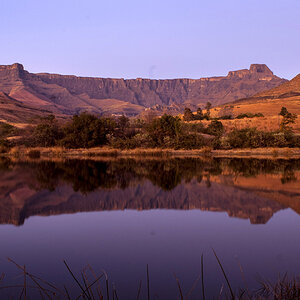
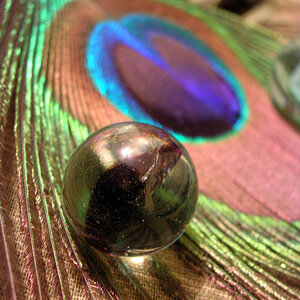
![[No title]](/data/xfmg/thumbnail/35/35947-ab35bfc67d8e12ce65dda301d3bf2b66.jpg?1619737255)
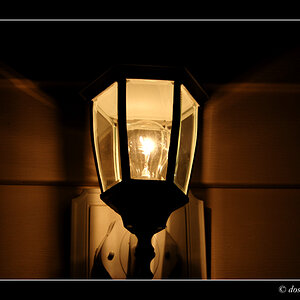
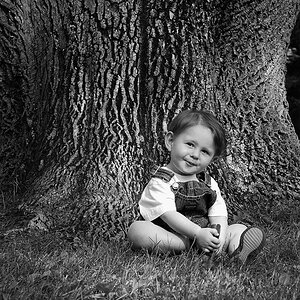
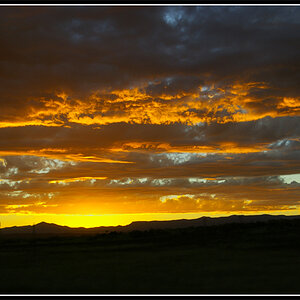

![[No title]](/data/xfmg/thumbnail/42/42056-76026251cb5ebb85b4a4d281d36121d8.jpg?1619739992)